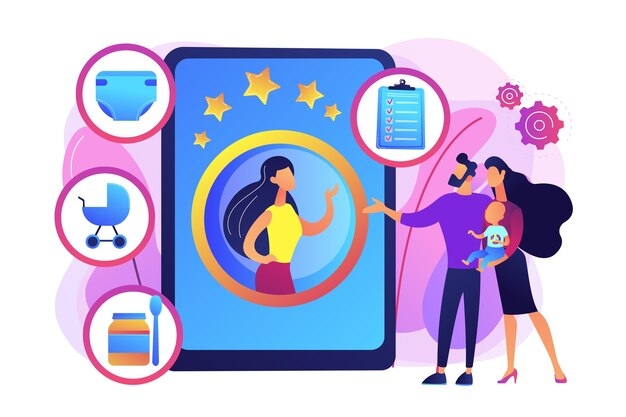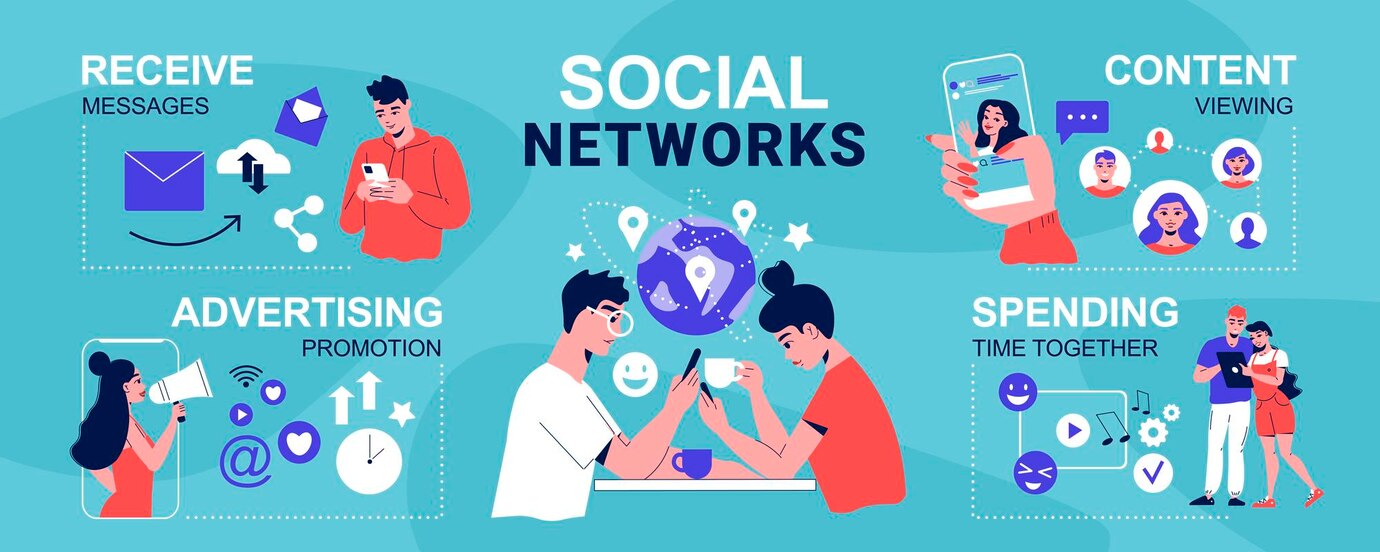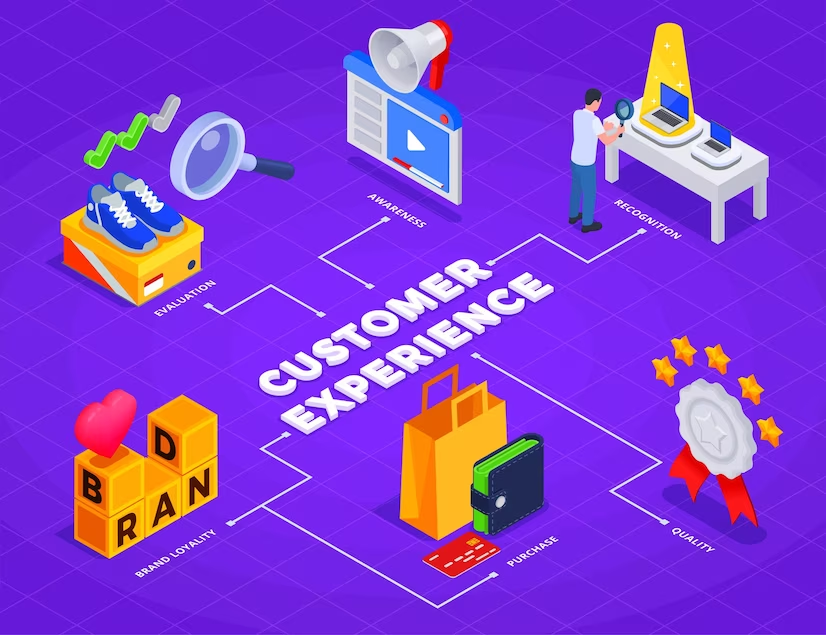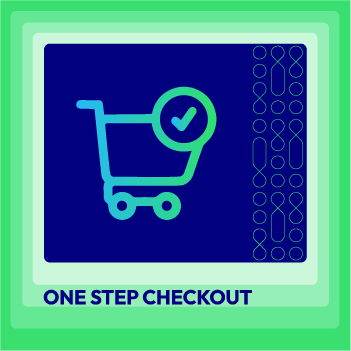How Can the Perfect E-Commerce Customer Experience Be Made?

Placing yourself in your customers’ shoes to offer them an unimaginable ecommerce customer experience is crucial. The way out is to simply improve shopping experience on your website and deliver to your customers an ideal ecommerce marketplace with these 6 tips.
When you take a look at your site from a customers’ point of view, you may see that your website may not be looking proficient, your blogs might be having grammatical mistakes, or your pictures and graphics aren’t generally popping smoothly. This can truly hinder your customers and their shopping customer experience at your website. Here are some tips to enhance customer experience on your website.
What is eCommerce Customer Experience?
eCommerce Customer Experience is a customer’s perception of their experience before, from the moment they discover the website or product to the post-purchase follow-up. It encompasses every touchpoint and interaction a customer encounters while shopping online

Why Does eCommerce Customer Experience Matter?
eCommerce Customer Experience (CX) holds significant importance for online businesses due to several compelling reasons supported by data and research:
Impact on Purchase Decisions
According to PwC, 73% of consumers rate CX as an important factor in their purchasing decisions. (Source: PwC Global Consumer Insights Survey)
61% of online shoppers are more likely to buy from websites that offer personalized recommendations. (Source: Invespcro)
Customer Loyalty and Retention
A study by Bain & Company revealed that increasing customer retention rates by just 5% can increase profits by 25-95% . (Source: Harvard Business School)
It’s estimated that acquiring a new customer can be up to five times more expensive than retaining an existing one. (Source: Invesp)

Revenue Impact of CX
Companies with excellent CX outperform their competitors financially. According to Forrester, CX leaders’ compound annual growth rates (CAGR) are 17% compared to just 3% for CX laggards. (Source: Forrester)
Customers who have a positive emotional experience with a brand are three times. more likely to recommend it and purchase again. (Source: Harvard Business Review)
Cart Abandonment and Conversion Rates
Baymard Institute reports an average online shopping cart abandonment rate of 68.80% across industries, with reasons including unexpected costs, complex checkout processes, or lack of trust. (Source: Baymard Institute)
A 1-second delay in website load time can lead to a 7% reduction in conversions. (Source: Akamai)
Social Proof and Reviews
87% of consumers read online reviews before making a purchase decision. (Source: BrightLocal )
Customers are willing to spend 31% more on businesses that have excellent reviews. (Source: Podium)
Competitive Differentiation
According to Deloitte, 62% of companies view customer experience delivered by the contact centers as a competitive differentiator. (Source: Deloitte)
Future Growth and Trends
76% of consumers expect companies to understand their needs and expectations. (Source: Salesforce)
What Makes a Good Customer Experience?
A good customer experience in eCommerce is characterized by several key elements that collectively create a positive, seamless, and satisfying journey for customers. Here are the components that contribute to a good customer experience:
-
User-Friendly Website and Navigation: An intuitive, easy-to-use website design that allows customers to find products quickly, with clear navigation, search functionality, and mobile responsiveness.
-
Clear Product Information and Presentation: High-quality product images, detailed descriptions, specifications, sizing charts, and videos that help customers understand the product and make informed purchase decisions.
-
Personalization and Customization: Tailoring the shopping experience based on customer preferences, purchase history, and behavior, offering personalized recommendations, product suggestions, and targeted promotions.
-
Excellent Customer Service and Support: Prompt and helpful customer service available through various channels (live chat, email, phone) to assist customers with queries, provide guidance, and resolve issues efficiently.

-
Convenient and Secure Checkout Process: A streamlined and secure checkout process with multiple payment options, minimal steps, and clear instructions to reduce friction, enhance security, and prevent cart abandonment.
-
Transparent Shipping and Delivery Options: Clear information about shipping costs, delivery times, tracking, and reliable delivery services to manage customer expectations and provide a smooth post-purchase experience.
-
Post-Purchase Engagement and Support: Follow-up communication, order tracking, confirmation emails, and support after purchase, including handling returns, refunds, or exchanges seamlessly.
How to Improve Your eCommerce Customer Experience?

Improving eCommerce Customer Experience involves strategic efforts aimed at enhancing various touch points throughout the customer journey. Here are several actionable steps to improve your eCommerce customer experience:
Optimize Website Usability and Design
-
Ensure a user-friendly interface, easy navigation, and intuitive design.
-
Optimize for mobile devices to cater to the growing mobile user base.
Enhance Product Presentation and Information
-
Use high-quality images, videos, and detailed descriptions for products.
-
Include customer reviews, ratings, and social proof to build trust.
Implement Personalization Strategies
-
Use customer data to personalize product recommendations and offers.
-
Create personalized email campaigns, product suggestions, and promotions.
Improve Customer Service and Support
-
Provide prompt and helpful customer service across multiple channels.
-
Use chatbots for quick responses and implement self-service options.
Streamline Checkout Process
-
Simplify the checkout process with fewer steps and clear CTAs.
-
Offer multiple secure payment options and guest checkout for convenience.
Transparent Shipping and Delivery
-
Clearly communicate shipping costs, delivery times, and tracking options.
-
Provide updates on order status and delivery to manage expectations.
Engage Customers Post-Purchase
-
Follow up with order confirmation emails and post-purchase surveys.
-
Offer proactive customer support for returns, refunds, or exchanges.
Implement Personalized Marketing Campaigns
Use email marketing, personalized offers, and retargeting to engage customers.
Leverage customer segmentation for targeted marketing campaigns.
Utilize Technology and Analytics
-
Use analytics tools to track customer behavior and gather insights.
-
Employ AI and machine learning for personalization and predictive analytics.
Focus on Continuous Improvement
-
Regularly collect and analyze customer feedback to identify areas for improvement.
-
Test and iterate on website elements, features, and strategies based on data-driven insights.
Tips to Deliver an Ideal eCommerce Customer Experience?
1. User-Centric Website Design
-
Intuitive Navigation: Simplify website navigation with clear menus, easy-to-find search bars, and well-organized product categories. This helps users quickly locate desired products or information.
-
Mobile Optimization: Given the rise in mobile shopping, ensure a responsive design that offers seamless functionality and an engaging experience across various devices.
-
Page Loading Speed: Optimize website loading times as slow speeds can deter customers. Fast-loading pages improve user experience and reduce bounce rates, encouraging longer site visits.

2. Robust Product Presentation
-
Comprehensive Product Information: Provide detailed and accurate product descriptions, including specifications, dimensions, and size charts. This assists customers in making informed decisions.
-
Visual Content Quality: Use high-resolution images and, when applicable, videos to showcase products from different angles. This gives customers a clear view of what they’re purchasing.
-
User Reviews and Ratings: Incorporate genuine customer reviews and ratings to build trust, offer social proof, and guide potential buyers in their decision-making process.
3. Personalization and Customer Engagement
-
Personalized Recommendations: Utilize data analytics and algorithms to suggest products based on individual customer preferences, past purchases, or browsing history.
-
Targeted Communication: Employ personalized emails, messages, or notifications to keep customers engaged with relevant product updates, promotions, or offers.
4. Streamlined Checkout Process
-
Simplified Checkout: Minimize the number of steps required for checkout, offer guest checkout options, and avoid unnecessary form-filling to expedite the purchase process.
-
Multiple Payment Options: Provide a variety of secure payment methods to accommodate diverse customer preferences, thereby reducing barriers to completing transactions.
5. Exceptional Customer Service
-
Live Chat Support: Offer real-time assistance through live chat or chatbots to promptly address customer inquiries, concerns, or technical issues.
-
Clear Policies and Communication: Clearly communicate shipping, return, and refund policies. Make customer support easily accessible via multiple channels.
6. Post-Purchase Engagement and Follow-Up
- Order Tracking and Notifications: Provide order tracking facilities and timely updates to keep customers informed about their purchase status. Post-Purchase Follow-Up: Send thank-you emails, request feedback, and offer post-purchase assistance to ensure a positive overall experience.
7. Loyalty Programs and Incentives
-
Reward Systems: Implement loyalty programs, exclusive discounts, or rewards for repeat buyers to foster long-term relationships and increase customer retention.
-
Exclusive Offers: Provide early access to new products, special deals, or incentives for loyal customers, encouraging them to return.
8. Social Proof and Trust Building
-
Incorporate Trust Signals: Display security badges, certifications, or trust marks to assure customers of safe transactions and data protection.
-
Showcase Testimonials: Share customer success stories or testimonials to instill confidence and trust in potential buyers.
9. Continuous Improvement through Analytics
-
Data-Driven Insights: Use analytics tools to understand customer behavior, preferences, and trends. This helps in making informed decisions for improving the user experience.
-
Iterative Approach: Continuously optimize the website and customer journey based on insights gained from data analysis and customer feedback.
10. Community Building and Engagement
Foster a sense of community around your brand
-
Content Creation and Sharing: Share valuable content, tips, or educational materials related to your products/services to engage customers beyond transactions.
-
Interactive Platforms: Create forums, communities, or social media groups where customers can interact, share experiences, and connect with the brand and fellow customers.
How to Measure Customer Experience in eCommerce?
Measuring customer experience (CX) in eCommerce involves gathering and analyzing data from various touchpoints to understand how customers interact with your online store. Here are some key methods and metrics to measure CX in eCommerce:
Customer Feedback Surveys
-
Net Promoter Score (NPS): This measures the likelihood of customers recommending your store to others. It involves a simple question: “How likely are you to recommend us to a friend?” Scores are divided into promoters, passives, and detractors.
-
Customer Satisfaction (CSAT) Surveys: These surveys ask customers to rate their satisfaction with their shopping experience on a scale. Questions might include rating ease of navigation, product variety, or checkout process.
Website Analytics
-
Conversion Rate: Analyze the percentage of visitors who complete a desired action, such as making a purchase, signing up, or subscribing. A higher conversion rate often indicates a positive user experience.
-
Bounce Rate: Measure the percentage of visitors who leave your site after viewing only one page. A high bounce rate might suggest a poor user experience or irrelevant content.
Customer Support Metrics
-
Response and Resolution Time: Measure the time taken by customer service representatives to respond to queries and resolve issues. Faster response and resolution times usually lead to better CX.
-
Customer Service Ratings: Track customer ratings or feedback received after interactions with customer support. Assess the quality of service provided.
Customer Behavior Analysis
-
User Journey Mapping: Understand the path customers take on your website. Identify pain points or areas where customers drop off during the buying process.
-
Cart Abandonment Rate: Calculate the percentage of shoppers who add items to their cart but leave before completing the purchase. Analyze reasons for abandonment, like high shipping costs or a complex checkout process.
Social Listening and Online Reviews
- Sentiment Analysis: Monitor social media and online review platforms to gauge sentiment around your brand. Analyze customer sentiments and responses to your products or services.
Repeat Purchase and Customer Loyalty:
-
Customer Retention Rate: Measure the percentage of customers who return to make additional purchases. Loyal customers tend to have better experiences.
-
Average Order Value (AOV): Track the average amount spent by customers in a single transaction. An increase in AOV might indicate a positive shopping experience.
Heatmaps and User Testing
-
Heatmaps: Use heat mapping tools to visualize where users click, scroll, or spend the most time on your website. Understand user behavior to optimize site layout and content.
-
User Testing: Conduct usability tests with actual users to gain insights into their experience. Observe their interactions, frustrations, or confusion while navigating your website.
Customer Churn Rate
- Churn Rate: Calculate the percentage of customers who stop engaging with your brand over a specific period. High churn rates may indicate a poor customer experience.
Conclusion
From responding to changing conditions to prototyping, testing and refining new or improved administrations, encounters and items before they are taken to advertise, the workmanship and study of tuning in to your customers and giving them what they need is both a progressing and exceptionally compensating exertion.






![Top 20+ Must-have Shopify Apps for 2025 [Free & Paid] - Mageplaza](https://cdn2.mageplaza.com/media/blog/must-have-shopify-apps/top-must-have-shopify-apps.png)
![[2025 Updates] Top 10+ Upsell Apps for Shopify - Mageplaza](https://cdn2.mageplaza.com/media/blog/best-upsell-shopify-app/cover.png)